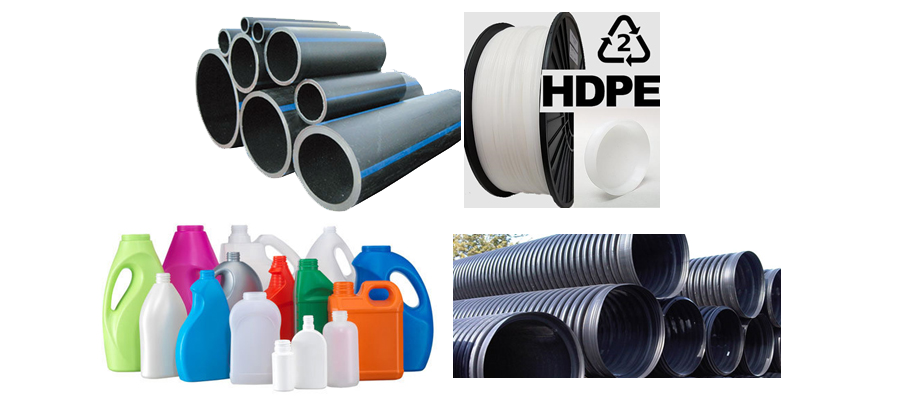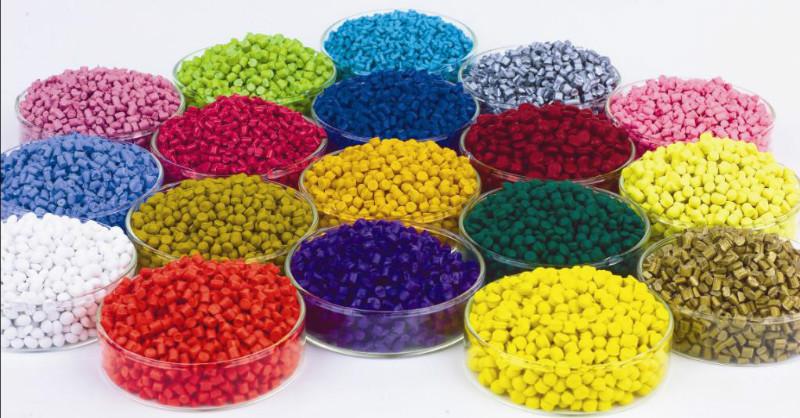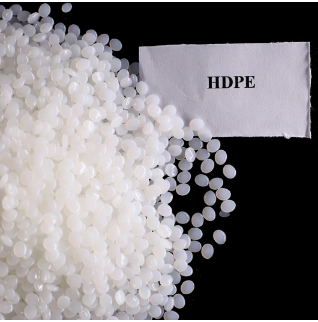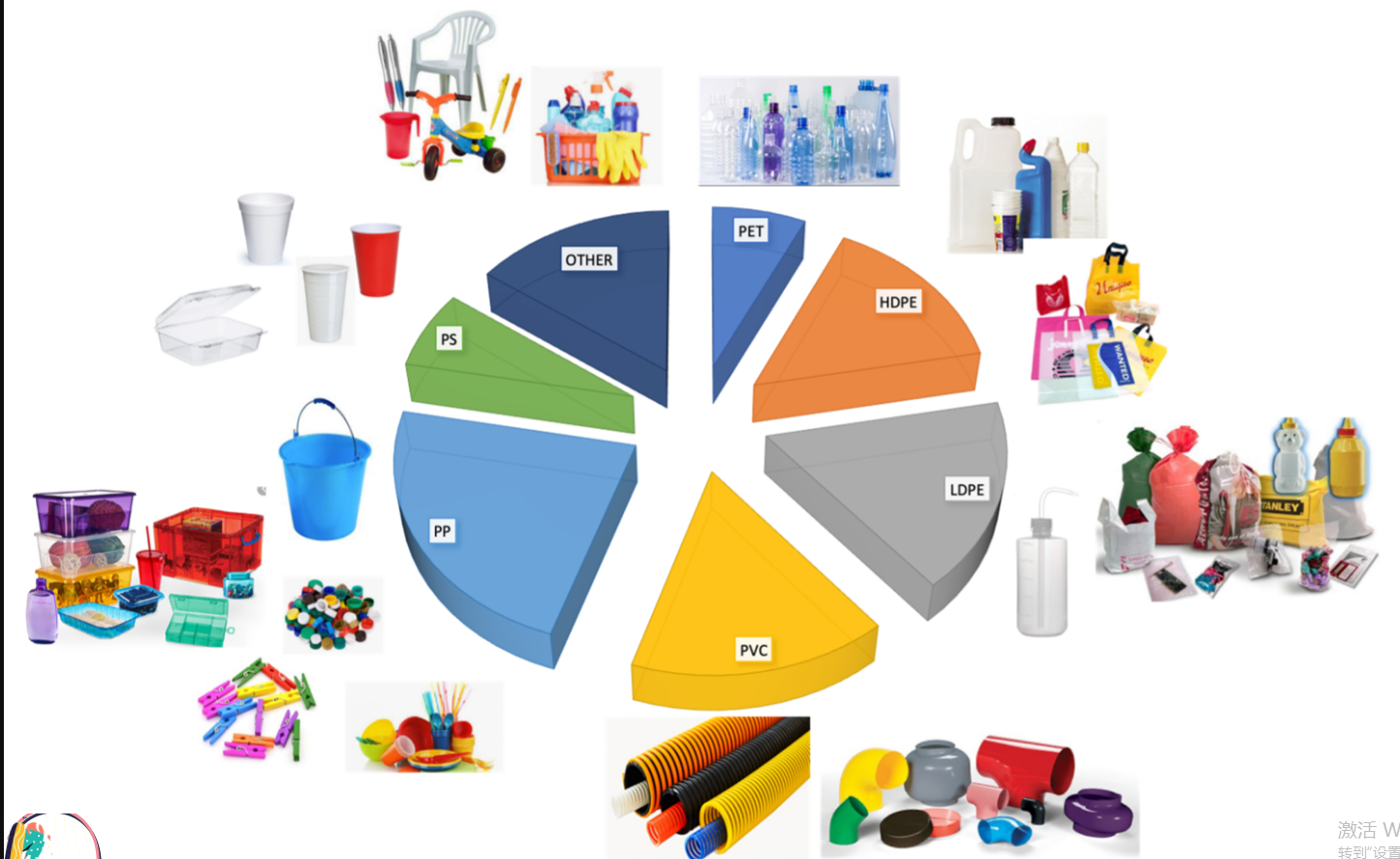-

블로우 성형에 일반적으로 사용되는 플라스틱 가이드
블로우 성형 프로젝트에 적합한 플라스틱 수지를 선택하는 것은 어려울 수 있습니다.비용, 밀도, 유연성, 강도 등 모든 요소가 부품에 가장 적합한 수지를 결정합니다.일반적으로 사용되는 수지의 특징, 장점, 단점을 소개합니다.더 읽어보세요 -

PE, PP, LDPE, HDPE, PEG - 정확히 플라스틱 마스터배치를 만드는 재료는 무엇인가요?
플라스틱 마스터배치의 일반적인 관점 플라스틱 마스터배치는 폴리머 마스터배치로 볼 수 있습니다.고분자는 화학 단위를 나타내는 다양한 종류의 '메르'로 만들어질 수 있습니다.대부분의 화학 단위는 석유나 석유에서 공급됩니다.더 읽어보세요 -

PE(폴리에틸렌)
폴리에틸렌은 세계에서 부피 기준으로 가장 널리 소비되는 열가소성 수지입니다.우리는 세 가지 유형의 폴리에틸렌, 즉 HDPE, LDPE 및 LLDPE를 생산합니다. 여기서: a) HDPE 제품은 더 높은 인성과 우수한 기계적 강도, 더 높은 서비스를 특징으로 합니다...더 읽어보세요 -

고밀도 폴리에틸렌 필름
특성 고밀도 폴리에틸렌 또는 HDPE는 저렴한 유백색 반투명 열가소성 물질입니다.유연성이 있지만 LDPE보다 견고하고 강하며 충격 강도가 좋고 내천공성이 뛰어납니다.LDPE처럼...더 읽어보세요 -

폴리프로필렌의 상위 5가지 일반적인 응용 분야
폴리프로필렌은 열가소성 고분자 수지의 일종입니다.간단히 말해서, 수많은 상업, 산업 및 패션 용도로 사용되는 매우 유용한 유형의 플라스틱입니다.폴리프로필렌의 일반적인 용도를 더 잘 이해하려면 주요 특징을 살펴보고...더 읽어보세요 -

폴리프로필렌 필름
폴리프로필렌 또는 PP는 투명도가 높고 광택이 높으며 인장 강도가 우수한 저가형 열가소성 수지입니다.PE보다 녹는점이 높아 고온 멸균이 필요한 용도에 적합합니다.또한 안개가 적고 광택이 높습니다....더 읽어보세요 -
PVC의 세계 소비
PVC로 더 널리 알려진 염화올리비닐은 폴리에틸렌과 폴리프로필렌에 이어 세 번째로 널리 생산되는 합성 폴리머입니다.PVC는 EDC와 VCM으로 구성된 비닐 체인의 일부입니다.PVC 수지 등급은 견고하고 유연한 용도로 사용할 수 있습니다....더 읽어보세요 -

폴리염화비닐수지 도포
PVC(폴리염화비닐) 개요 폴리염화비닐(Polyvinyl Chloride)은 영어로 PVC로 약칭하며 과산화물, 아조 화합물 및 기타 개시제에 의해 중합되거나...더 읽어보세요 -
PVC K 값
PVC 수지는 분자량과 중합도를 나타내는 지표인 K-값에 따라 분류됩니다.• K70-75는 K 값이 높은 수지로 최고의 기계적 특성을 제공하지만 가공이 더 어렵습니다.동일한 부드러움을 위해서는 더 많은 가소제가 필요합니다.높은 PE ...더 읽어보세요




